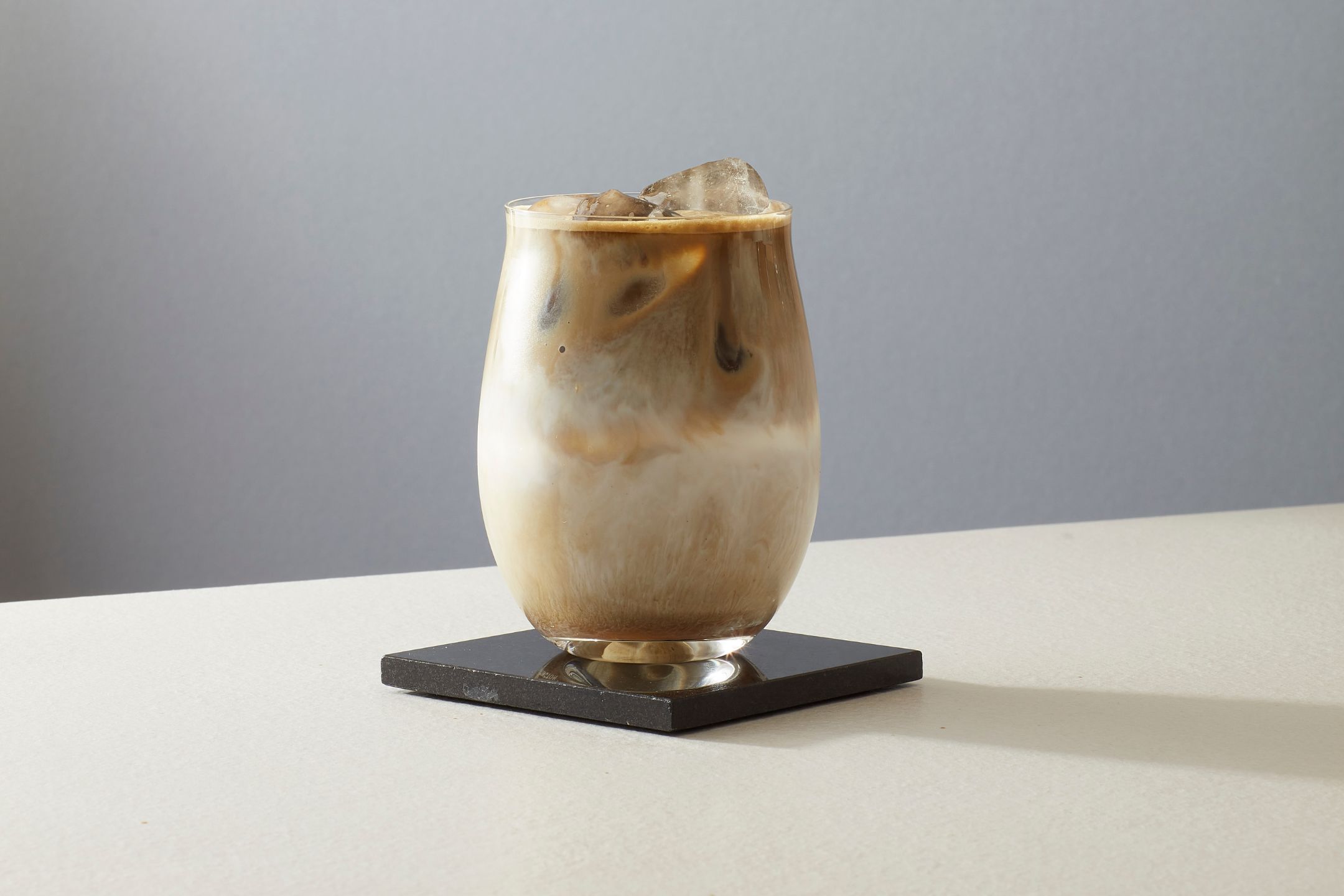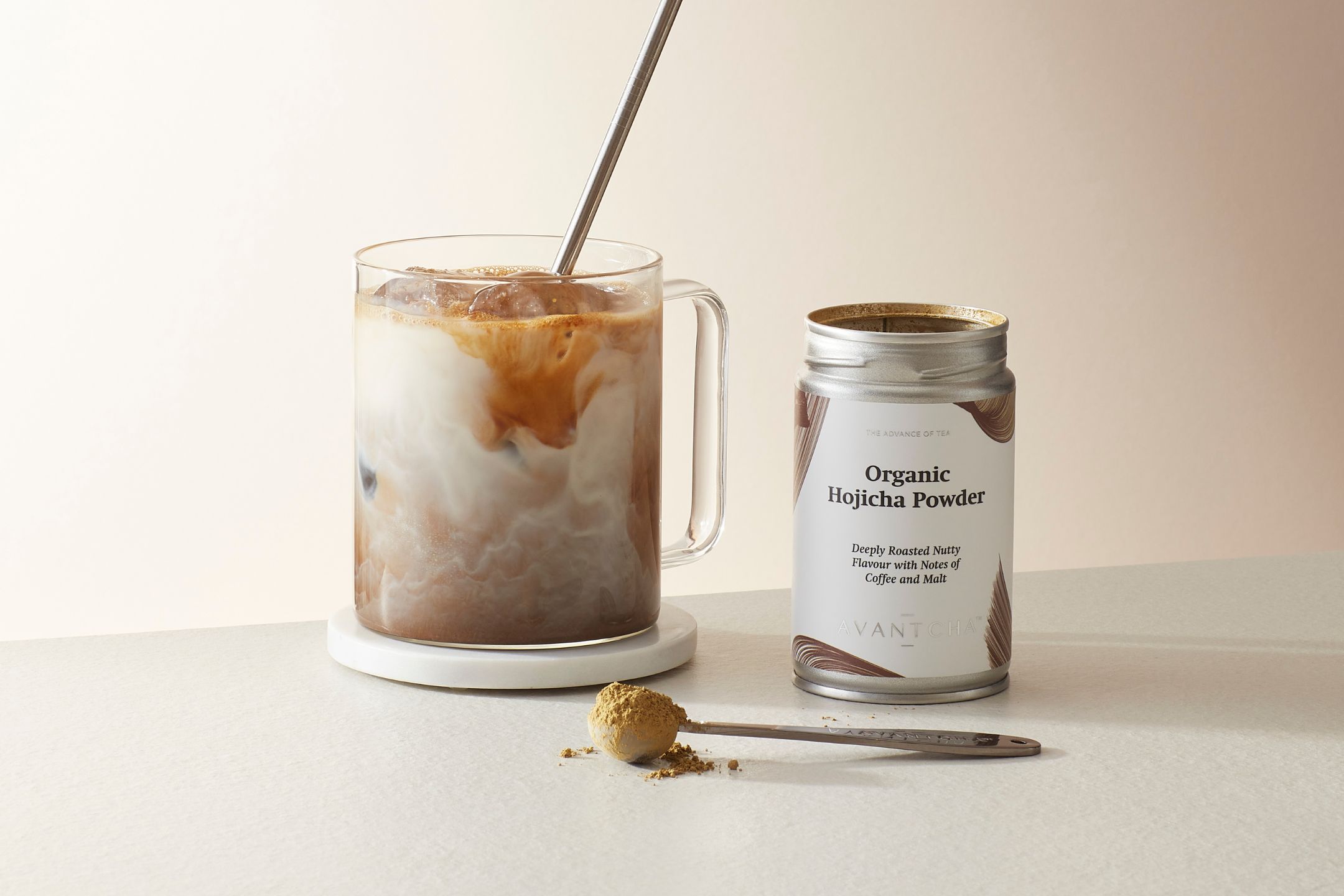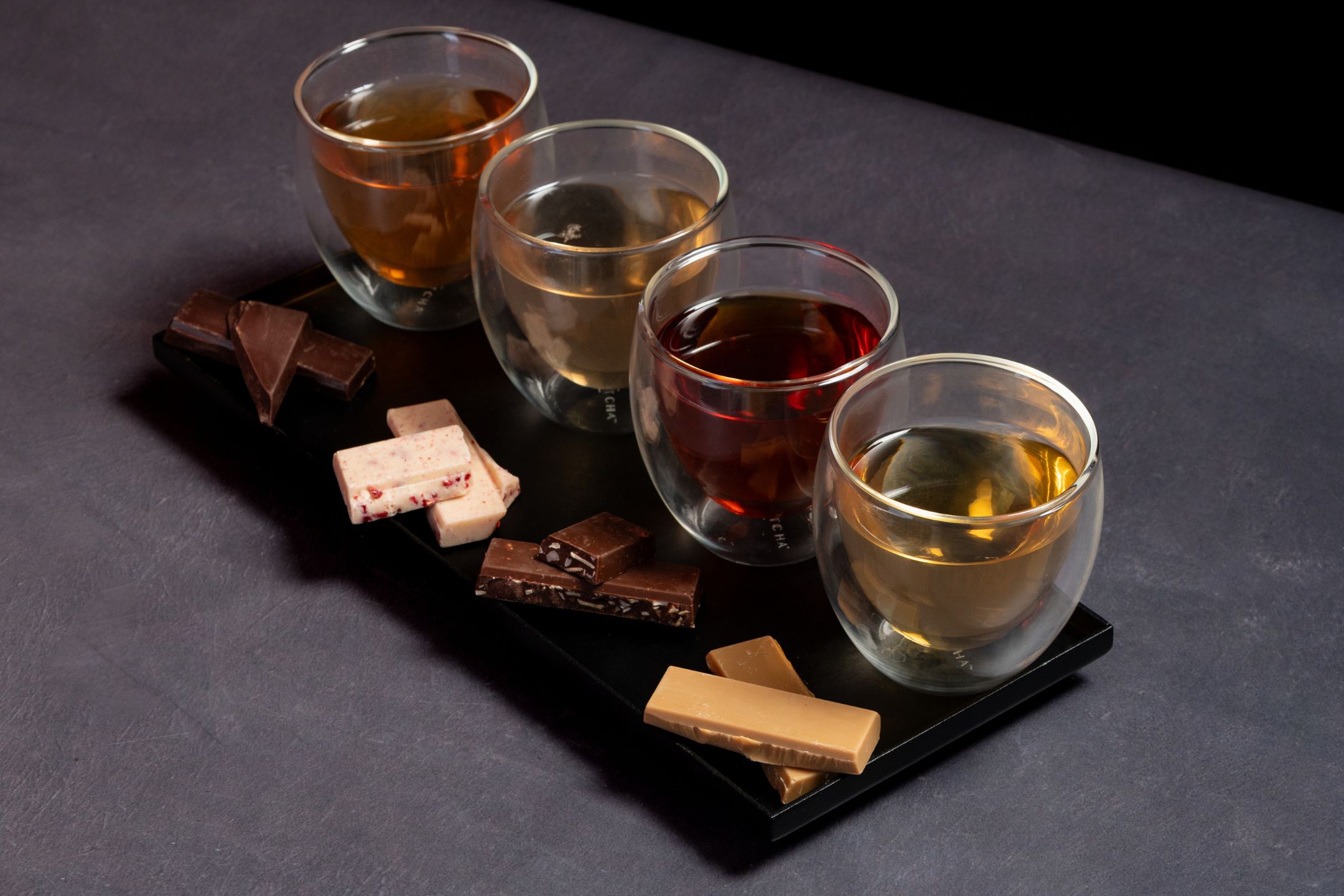Uji Matcha is renowned as the ultimate terroir for Matcha, but soaring demand has outpaced supply, leading to two major issues that undermine its original appeal: 1) skyrocketing prices and 2) declining quality, as farmers turn to pesticides and sprays to boost yields. But the forces shaping Uji Matcha go beyond simple supply and demand. Global trade policies, currency fluctuations, and corporate buyers all play a role in determining what’s grown, how it’s sold, and who ultimately benefits. When profit margins get squeezed, something has to give—and too often, that “something” is quality.

What’s more, the art of hand-plucked Matcha is becoming a dying tradition for the same reason: time is a commodity, and, simply put, machines are faster. But speed comes at a cost. You can’t really understand the difference between hand and machine-plucked Matcha until you taste them side by side—one is deeply smooth, sweet, and chocolatey, with an incredibly rich acid-green colour, while the other, though still enjoyable, lacks that same depth and refinement.
At the same time, there’s another conversation happening—one that many Matcha drinkers aren’t even aware of. “Uji” carries such prestige that the name alone can add an instant mark-up, even when the quality isn’t there. Clever marketing means lower-tier or blended Matcha is often passed off as something it’s not. Just because it says “Uji” doesn’t mean it’s good. And just because it’s expensive doesn’t mean it’s worth it.
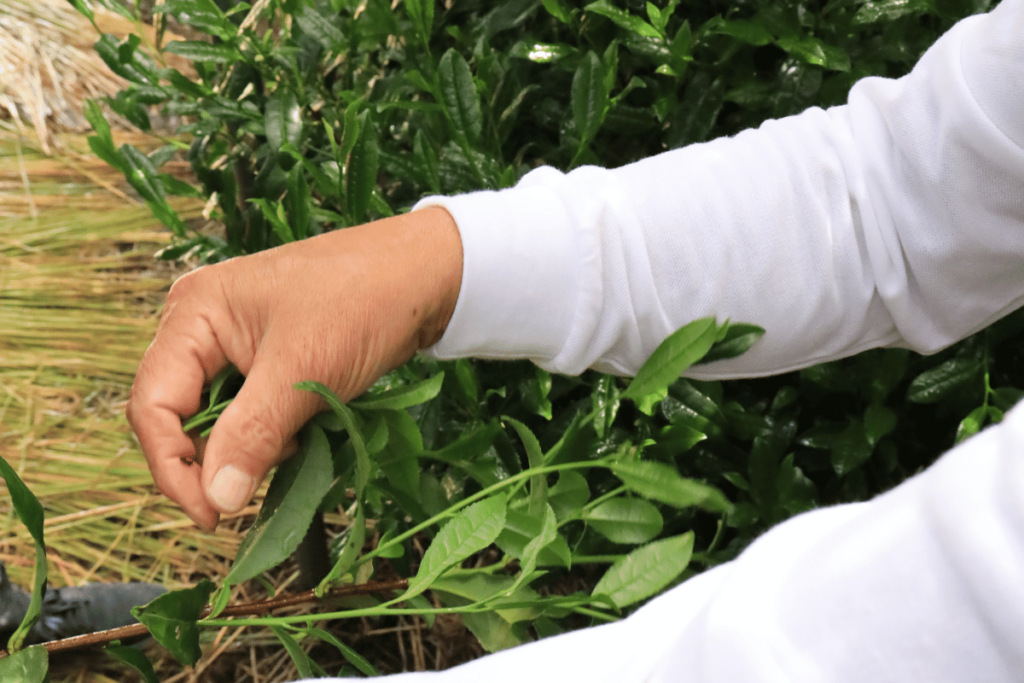
Our Matcha collection has always sought to find the best examples of Matcha based on responsible production, fantastic taste, and innovation, which is why we offer Matcha from Kagoshima, Yame, and Fuji—all producing excellent Matcha without the burden that Uji faces. Until now, we hadn’t offered a Matcha from Uji. But there are still a few who refuse to let industry constraints dictate their craft. They understand, as we do, that chasing trends without long-term vision leads to inevitable decline. When price peaks and quality plummets, what’s left?
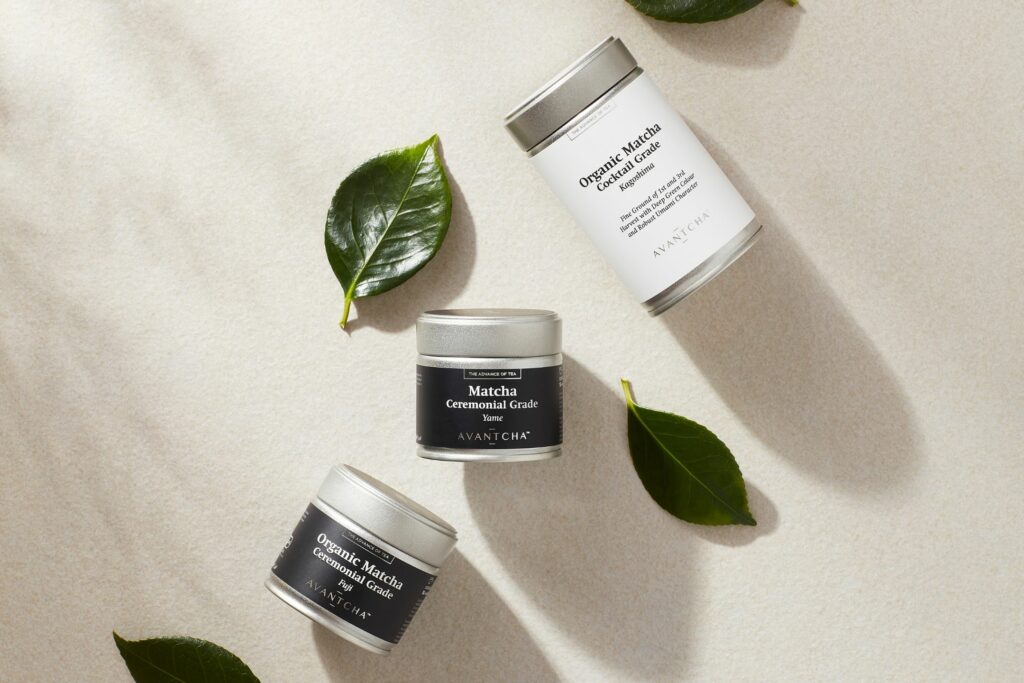
On account of having a decade-long relationship on the ground in Japan, it was recommended to us by our connection that we visit Uji to meet kindred spirits —two men, a father and his son-in-law, who are dedicated to preserving the integrity of true Matcha in Uji. This father’s bloodline has farmed these tea gardens for six generations since the early 1800s. They are currently converting their land to organic farming, with some plots already certified and others not far off. Their priority? The Samidori cultivar, prized for its brilliant colour and beautifully balanced flavour profile. But beyond its flavour, they tell us, Samidori is incredibly forgiving to manage by hand—essential when you have 40 skilled pluckers working in shifts from 6am to 6pm during peak season. It’s backbreaking work, but the results are worth it.
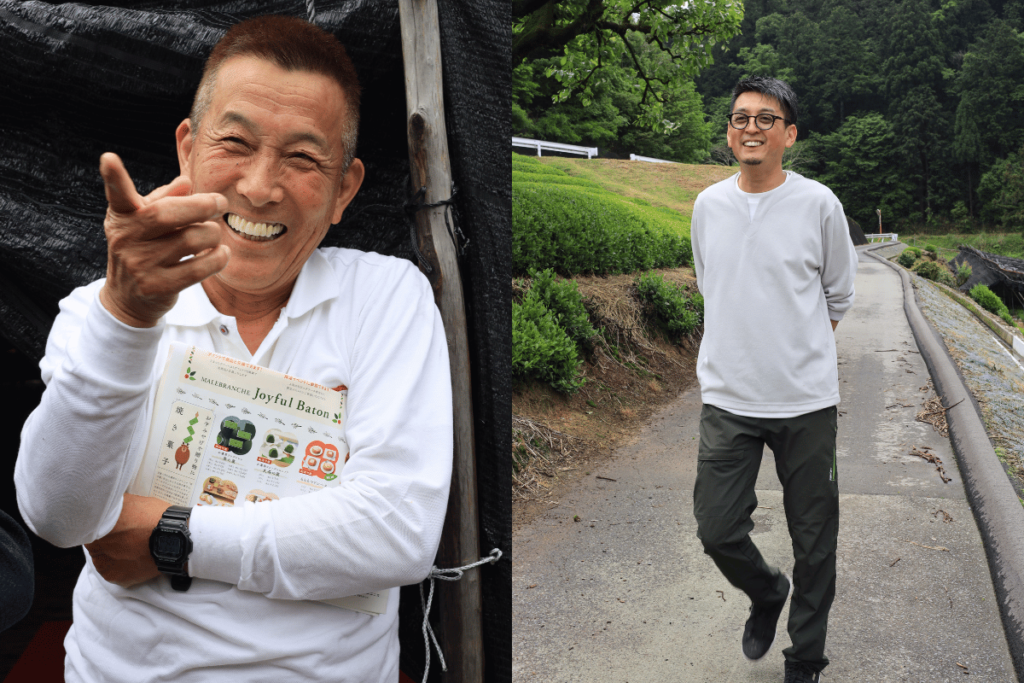
And here’s where technology enters the picture. Machines have replaced hand-plucking across much of Japan because they’re efficient, but is efficiency always the goal? While we’re not anti-technology, the future of Matcha shouldn’t be an all-or-nothing decision between tradition and modernisation. There’s room for innovation—AI-driven soil monitoring, drone-assisted farming, and sustainable harvesting techniques—but these should complement, not replace, the skill and expertise of human hands.
We blind-tasted their hand-plucked Matcha against machine-plucked varieties, and it was unanimous—we swooned over the hand-plucked tea. It was smoother, sweeter, and more refined, with a richness that you simply can’t replicate through mechanisation. “Of course you’ve chosen the very best one,” the son chuckled, his tone carrying a knowing weight. He’s seen it before—suppliers looking for a compromise between price and taste, reluctant to commit to the gold standard. But we weren’t there to compromise.
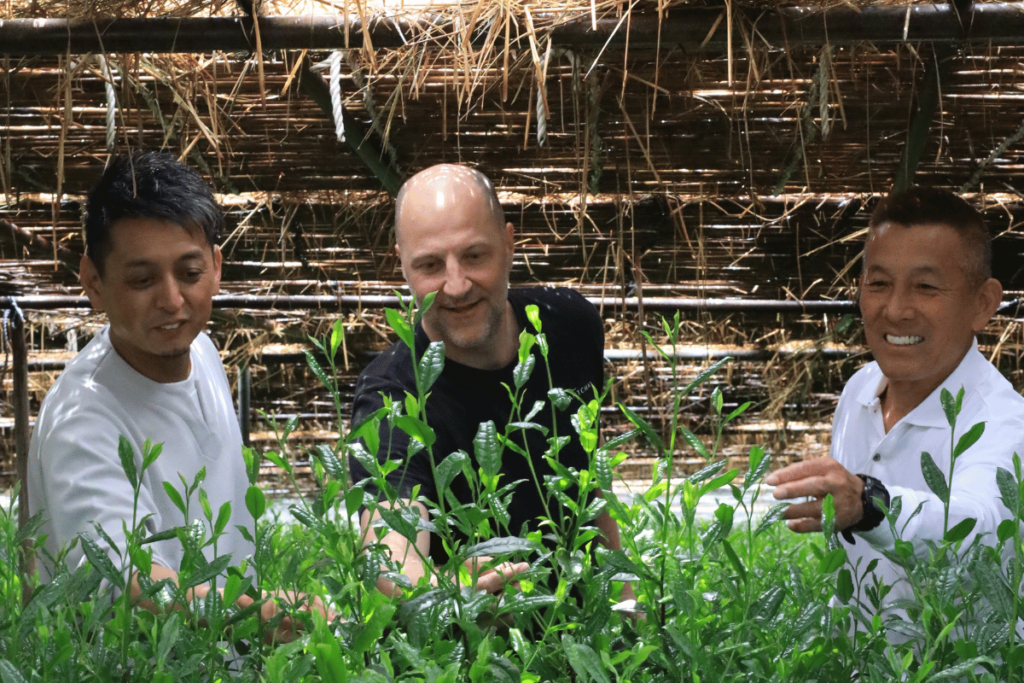
We made the decision to bring this very best Uji Matcha to you, in its limited quantity, so that you can not only savour the outstanding flavour but also appreciate and support the more considered, traditional approach that this father-and-son duo pursue. More than that, this tea helps sustain the livelihoods of those 40 skilled pluckers, ensuring their craft doesn’t disappear in the race for mass production. Consider it not just the best Matcha you may ever taste, but also a piece of Uji’s heritage—one that treasures tradition over fleeting trends.
Shop AVANTCHA Matcha Ceremonial Grade Uji Samidori Hand Plucked >
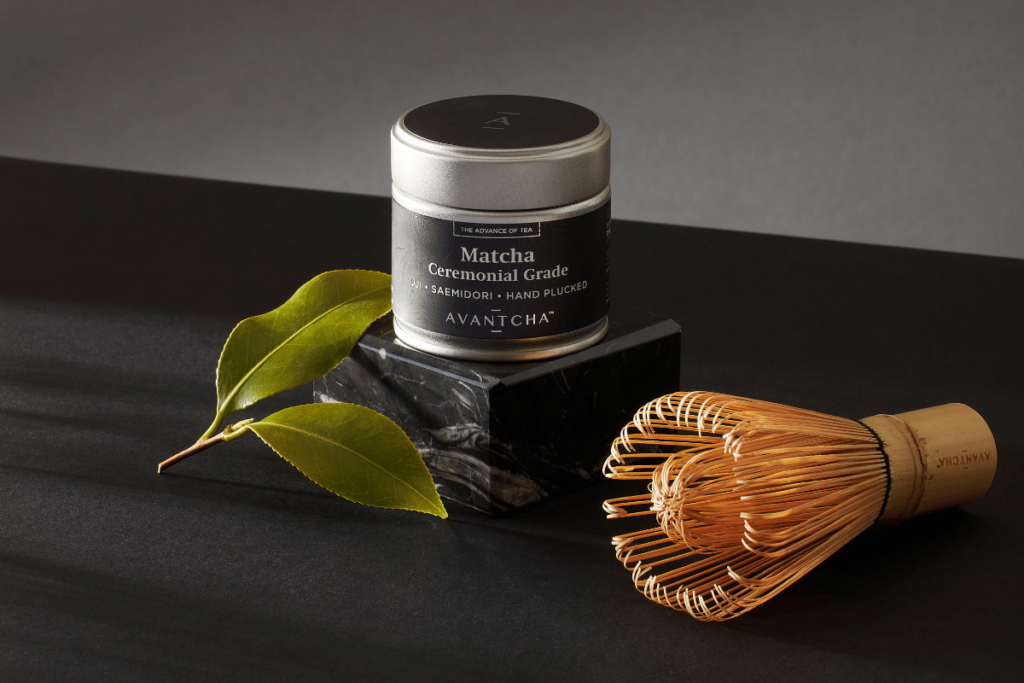

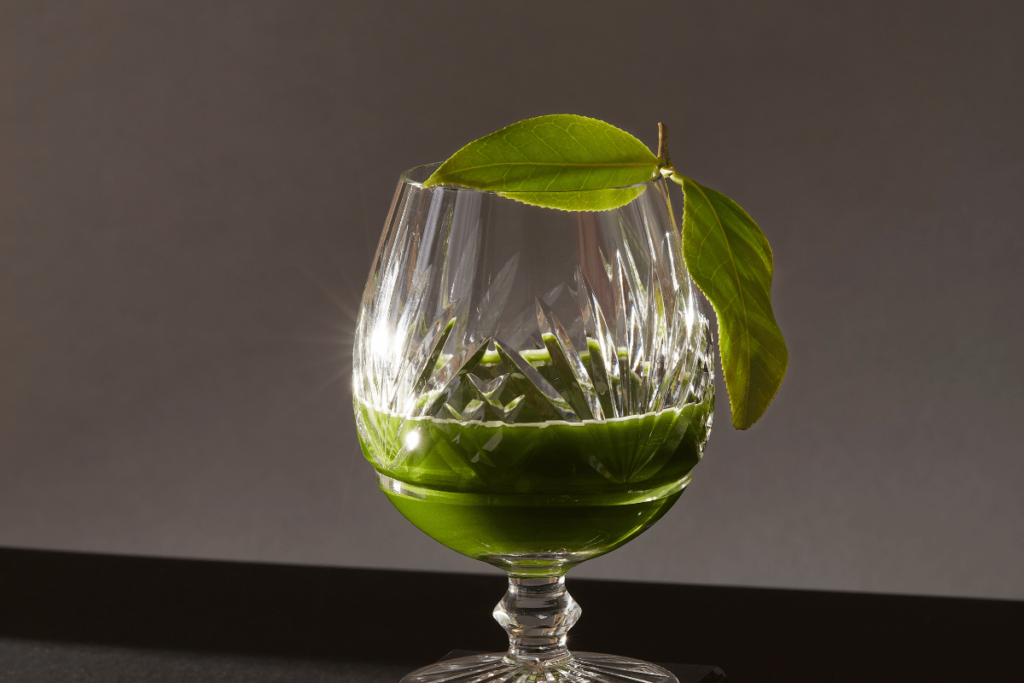
Want to know more about Matcha? Visit our World of Matcha page to learn everything you’ve always wanted to know and more. You can also find Matcha recipes on our Journal.










